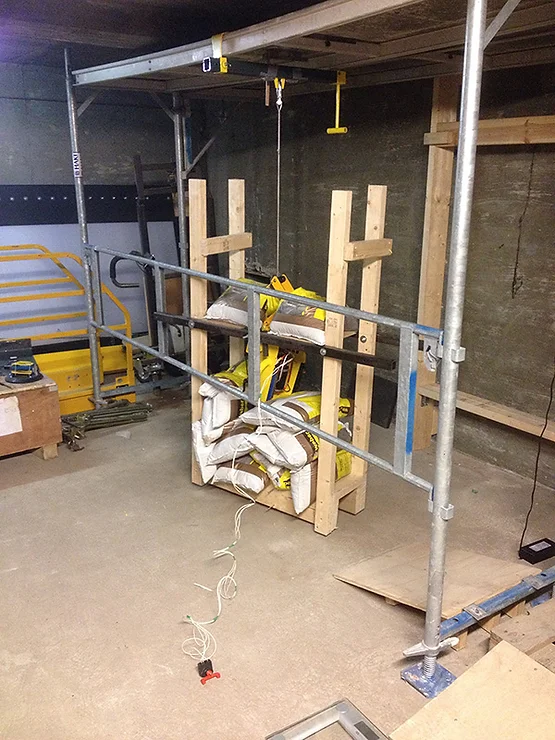Just the fact that CE marking is connected with the European Union can make it seem like a daunting task to obtain the mark. But with the right help it is very useful to handle the task in-house.
Normally we license our inventions before we reach this step in their development, but in the process of bringing Upclimber to market, we ran into a challenge we haven’t faced before: CE marking is a mandatory conformity marking for certain products sold within the European Union, but how do we get the CE marking?
At first the amount of standards, risk assessments and tests we had to be aware of seemed overwhelming, but when we got our hands dirty it actually turned out to be a very useful process. So let’s tell briefly about what we did, and what we learned from the process.
The self-certificating process
Basically the CE marking is an indicator, that a product is complying with health, safety and environmental protection directives and regulations within the European Union.
For Upclimber the machine directive is the one to look at, but with 63 pages of law text, it isn’t exactly easy to make sure your product is complying with everything.
For that reason we contacted a consultant company to make sure we did everything by the book. They offered to take care of the whole certification-process or a self-certification model, and we choose the later to get a better understanding of the process.
This meant we got a pretty straight forward cheat sheet that asked us all the questions we needed to answer in order to comply with regulations. It made us asses all the risks in the design and change it if it would make Upclimber safer – or at least make sure we included the risks in the product manual.
Afterwards we had to run a bunch of tests and calculations to make sure, Upclimber is safe to use, so we made a test setup in our workshop and got to it:

When we had the documentation we needed, we send it back to our consultants, who’re currently taking care of the last part of the application process.
Beneficial for the future
Paperwork definitely isn’t what we’re passionate about. We could have paid some consultants to take care of the whole CE-process – including testing and design changes. But in the end we’re glad we didn’t.
First of all we had the competencies in-house to do tests, calculations and design changes, and doing it ourselves saved us some money. But more importantly the process gave us knowledge about what we should take into account in the design process in the future, if we want to have a better chance of complying with regulations in the first place.
